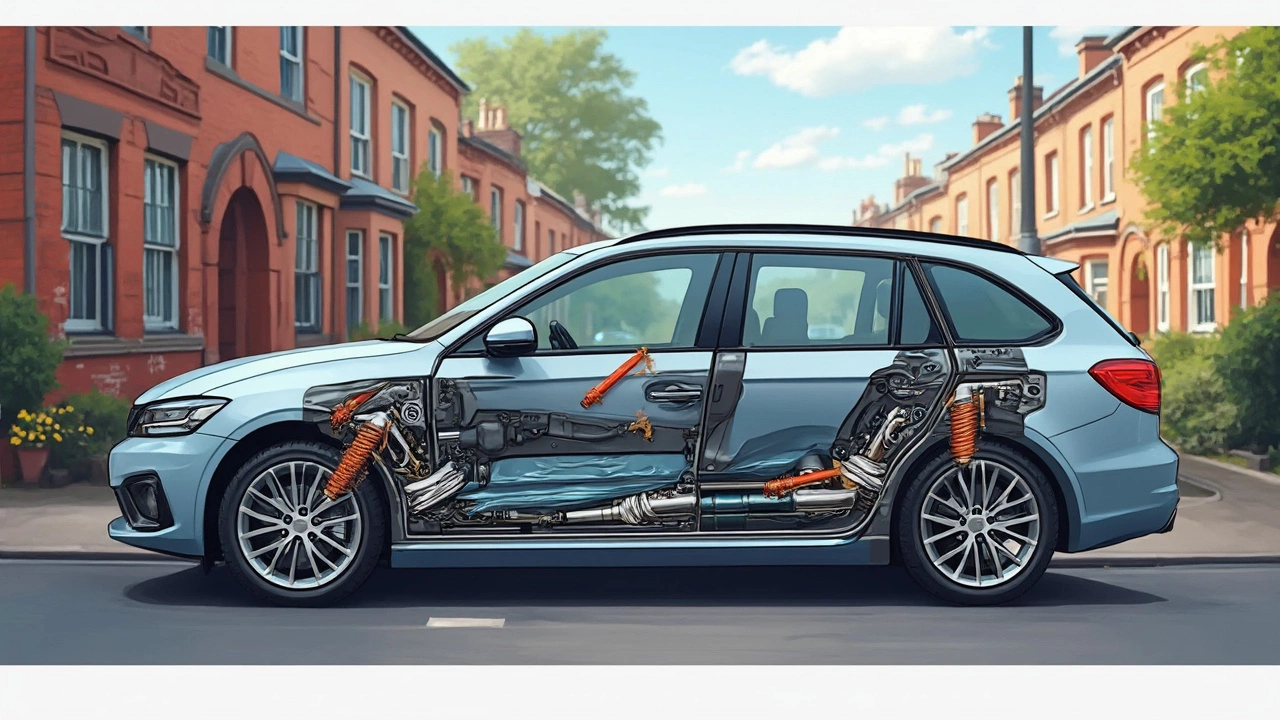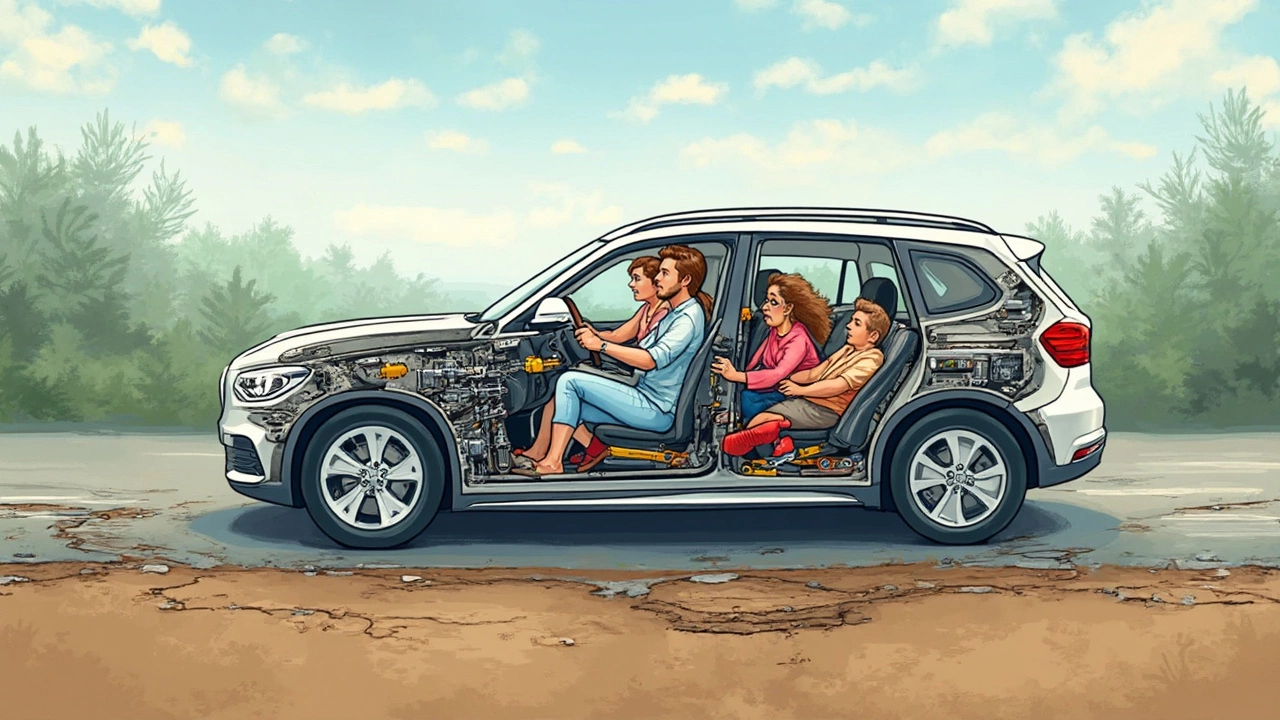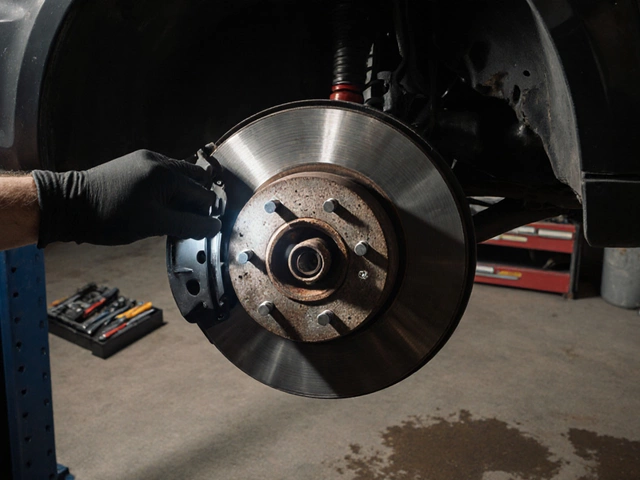Control Arms: What They Do and Why They Matter
Control arms are the link between your car’s wheels and the chassis. They guide the wheels up and down while keeping them pointed in the right direction. Think of them as the steering‑wheel’s quiet partner – they don’t get the glory, but without them your ride would feel sloppy and unsafe.
When you turn the wheel, the control arm moves the wheel hub, allowing the tire to follow the steering input. At the same time, it absorbs bumps by working with the shocks and springs. This dual job keeps handling crisp and ride comfort decent.
Common Signs Your Control Arms Need Attention
Most drivers only notice a problem when the symptoms get noisy or dangerous. Here are the everyday clues that your control arms might be wearing out:
- Clunking or knocking noises when you hit a pothole or go over a curb.
- Loose or vague steering feel – the wheel seems to wander on its own.
- Uneven tire wear, especially on the inner or outer edges.
- Vibration in the steering column at higher speeds.
- Visible damage like cracks, bends, or torn bushings.
If you spot any of these, it’s time to get the suspension checked. Ignoring a bad control arm can lead to worn tires, poor handling, and even wheel failure.
Replacing Control Arms: What to Expect and Cost Guide
Swapping a control arm isn’t a DIY job for most people. The bolts are tight, and you need a lift, proper tools, and a torque wrench. Most shops will remove the old arm, replace the bushings if needed, and install the new piece with the correct torque settings.
Cost varies by vehicle type, part quality, and labor rates. A standard front control arm for a compact car can be as low as £80 for the part and £100‑£150 for labor. For larger SUVs or performance models, you might pay £150‑£250 for the part and £200‑£300 for labor. If you need rear control arms, the price is similar but can be higher on vehicles with complex rear suspensions.
Keeping an eye on your control arms can save you money in the long run. Replace worn bushings before the arm itself cracks, and always use OEM‑approved parts for safety. Ask the mechanic for a warranty on both parts and labor – many shops give 12‑month coverage.
Once the new control arms are fitted, the shop should do a wheel alignment. This ensures the wheels sit straight and the tires wear evenly. A proper alignment can add years to your tyres and keep handling sharp.
Bottom line: control arms keep your wheels where they belong. Listen for noises, watch for steering changes, and don’t wait until the whole suspension feels off. A timely check and replacement keep your car safe, comfortable, and economical.
 10 June 2025
10 June 2025
Suspension Parts Explained: What’s Under Your Car?
Your car’s suspension is a network of parts working to keep your ride smooth and safe. From shocks and struts to control arms and bushings, each component plays a role in how your vehicle handles bumps and corners. Understanding what’s under your car can help you spot problems sooner and save you money on repairs. This article breaks down each part in simple terms so you never feel confused at the mechanic’s shop. Ready to see what’s holding your wheels together?
 29 May 2025
29 May 2025
Car Suspension Parts: What They Are and Why They Matter
Tired of feeling every bump in the road? This article breaks down car suspension parts, showing what they do, how they keep your ride smooth, and warning signs to watch for. Recognize the key parts like shocks, springs, and control arms, and get tips for keeping your suspension healthy. Get real-world advice, relatable examples, and know what matters most for safe driving. Take the guesswork out of understanding your suspension system.






0